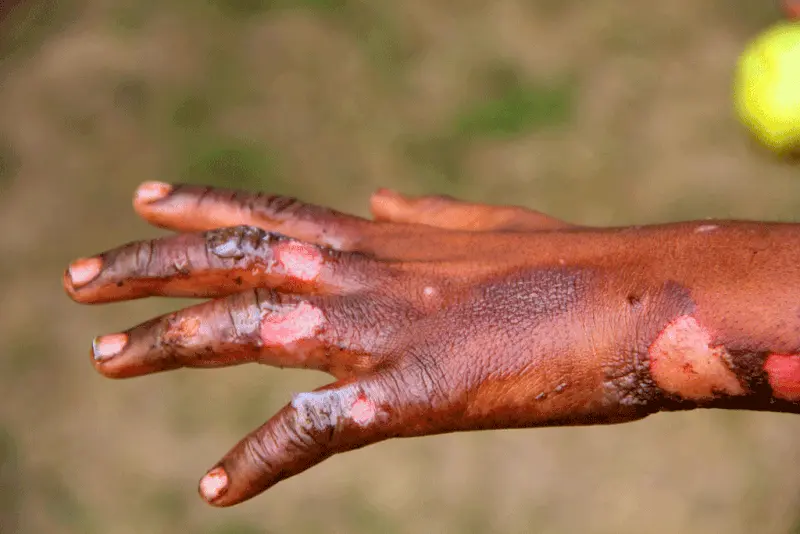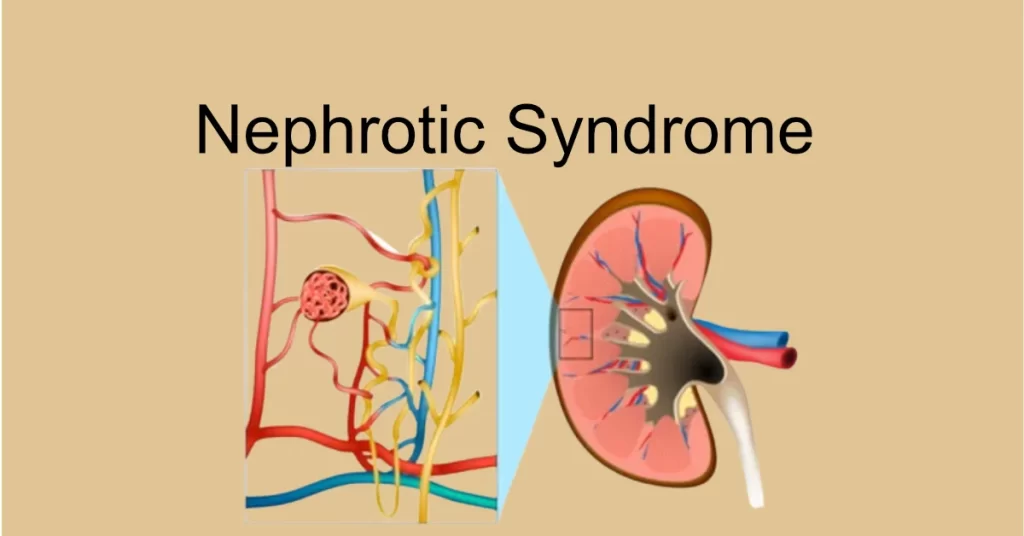Understanding Vitiligo: Symptoms, Causes, and Treatment

This blog aims to provide a comprehensive understanding of vitiligo, a skin condition that affects millions of people worldwide. Through this article, you will learn about the epidemiology, pathogenesis, clinical features, and treatment of vitiligo. We will also discuss the different variants of vitiligo and its associated disorders, as well as its differential diagnosis.
Introduction:
Vitiligo is a chronic (acquired) skin disorder that affects pigmentation, resulting in de-pigmented patches and macules on the skin. It is an autoimmune condition where the immune system attacks and destroys melanocytes, the cells responsible for producing melanin – the pigment that gives color to our skin, hair, and eyes. Vitiligo affects people of all ages, races, and genders, and it can have a significant impact on a person’s quality of life.
Epidemiology:
Vitiligo is a common skin disorder, affecting approximately 1% of the world’s population. It can occur at any age, but it is more common in people between 10 to 30 years old. It affects both genders equally and occurs in all races and ethnicities. However, it is more noticeable in people with darker skin tones.
Descriptive Terms of Skin Pigmentation:
To understand vitiligo better, it is essential to know some descriptive terms of skin pigmentation. Melanin is the pigment that gives color to the skin, and it is produced by melanocytes. Eumelanin is the type of melanin responsible for brown and black pigmentation, while pheomelanin is responsible for red and yellow pigmentation.
- Hypomelanosis-absence or reduction of melanin within skin
- Amelanosis-total absence of melanin
- Depigmentation-total loss of skin color, most commonly due to disappearance of pre-existing melanin pigmentation as in vitiligo
- Pigmentary dilution- a generalized lightening of the skin and hair as in oculocutaneous albinism
Pathogenesis:
The exact cause of vitiligo is still unknown, but several factors are believed to contribute to its development, such as genetics, autoimmune disorders, oxidative stress, and viral infections. Vitiligo is an autoimmune condition wherein the immune system mistakenly attacks melanocytes, leading to their destruction.
Clinical Features:
- Vitiligo is characterized by depigmented patches of skin that can occur anywhere on the body, but it typically affects the face, hands, feet, and genital areas. The patches may be round, oval, or irregular in shape, and they often have a well-defined border. Rate of development may be rapid or slow
- In light skinned people the lesions may be subtle or in apparent without the use of Pruritus is sometimes noted
- The hair and the mucous membranes may also be affected.
Clinical Variant of Vitiligo:
There are different types of vitiligo, depending on the pattern and extent of depigmentation.
- Inflammatory vitiligo- erythema at margins of vitiligo, sometimes misdiagnosed as tinea.
- Vitiligo ponctue- multiple small (confetti- like) discrete amelanotic papules.
- Figurative papulosquamous variant
- Blue vitligo- characterized with blue-gray apperence of the skin,can result when vitiligo develops in areas already affected by post-inflammatory hyperpigmentation
- Trichrome vitiligo, there is intermediate zone of hypopigmentation between depigmented area and the normal skin.
- Quadrichrome vitiligo
- Pentachrome vitiligo
Classification:
Vitiligo can be classified based on the extent and severity of the depigmentation. The Vitiligo Global Issues Consensus Conference (VGICC) has developed a classification system that divides vitiligo into three categories: localized, generalized, and universal.
The most common type is called generalized vitiligo, which affects both sides of the body symmetrically and it’s usually associated with other autoimmune diseases. Others include segmental vitiligo, focal vitiligo, acrofacial vitiligo, and mucosal vitiligowhich can also be placed in localized type.
Vitiligo Associated Disorders:
People with vitiligo may also have other autoimmune disorders, such as thyroid disease, diabetes, and alopecia areata. They are also at increased risk of melanoma and non-melanoma skin cancers.
Differential Diagnosis:
Vitiligo can be confused with other skin conditions that also cause depigmentation, such as pityriasis alba, tinea versicolor, and post-inflammatory hypopigmentation. A skin biopsy and other diagnostic tests may be necessary to confirm the diagnosis.
Treatment of Vitiligo:
There is no cure for vitiligo, but several treatment options are available to manage its symptoms.
- Aims of vitiligo treatment are repigmentatation and stabilization of the depigmentation process
The most common treatments include topical corticosteroids, calcineurin inhibitors, phototherapy, and surgery. The choice of treatment depends on the extent,location and severity of the depigmentation, as well as the patient’s age, medical history, and preferences.
- The areas of the body that typically have the best response to medical therapy are face, neck, mid extremeties and trunk
- Distal extremities and lips are most resistant to treatment
- A period of 2-3 months is required to determine whether a particular treatment is effective.
In conclusion, vitiligo is a complex skin disorder that affects millions of people worldwide. It can have a significant impact on a person’s physical and emotional well-being, and it is essential to understand its causes, symptoms, and treatment options. If you suspect that you have vitiligo or any other skin condition, it is advisable to consult a dermatologist for diagnosis and treatment






Responses